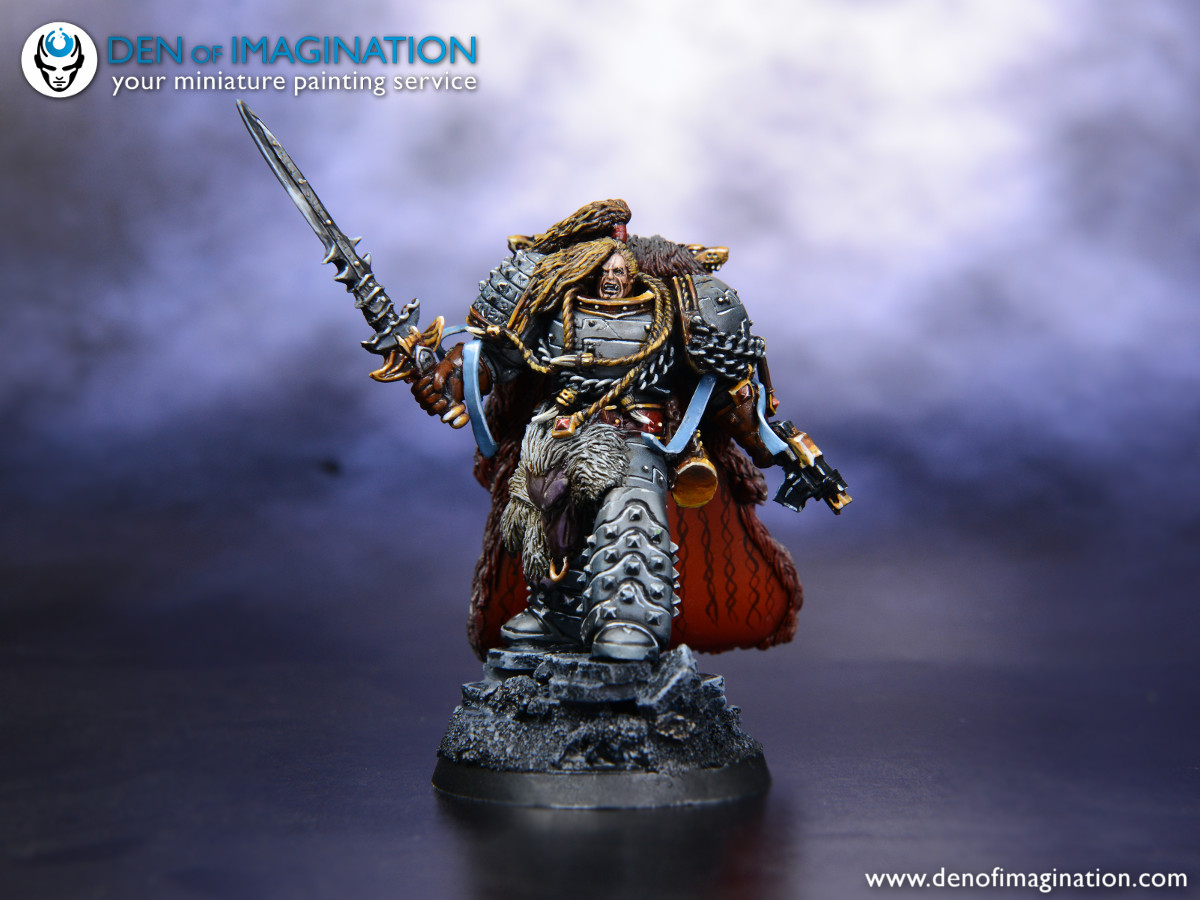
Blank Uborki Pomescheniya
Contents • • • • • • • • • • Etymology [ ] The, referring to 's writings, considers Buraq to be a derivative of: برق barq 'lightning'. Kursovaya rabota tetris 2. According to, 'Boraq' is the Arabized form of ' * barāg or * bārag, 'a riding beast, mount' ( bāra)'.

Here you will find many interesting, delicious Indian breakfast and snacks recipes. These dishes will give you a wide variety of snacks for daily food or when you want to. /main/-arenda-pomescheniya-pod-bank-ofis-v-sankt-peterburge.html 929. /main/-anketa-na-mpp-v-polshu---skachat-blank.html 1238.
Description [ ] Although the Hadith do not explicitly refer to the Buraq as having a human face, and almost always portrays it so - a portrayal that found its way into Indian and Persian Islamic art. This may have originated from an interpretation of the creature being described with a 'beautiful face' as the face being human instead of bestial. An excerpt from a translation of describes Buraq: Then a white animal which was smaller than a and bigger than a was brought to me. The animal's step (was so wide that it) reached the farthest point within the reach of the animal's sight. —, Sahih al-Bukhari Another excerpt describes the Buraq in greater detail: Then he [Gabriel] brought the Buraq, handsome-faced and bridled, a tall, white beast, bigger than the donkey but smaller than the mule. He could place his hooves at the farthest boundary of his gaze.
He had long ears. Whenever he faced a mountain his hind legs would extend, and whenever he went downhill his front legs would extend.
He had two wings on his thighs which lent strength to his legs. He bucked when Muhammad came to mount him. The put his hand on his mane and said: 'Are you not ashamed, O Buraq? By, no-one has ridden you in all creation more dear to Allah than he is.'
Hearing this he was so ashamed that he sweated until he became soaked, and he stood still so that the Prophet mounted him. [ ] In the earlier descriptions there is no agreement as to the sex of the Buraq. It is typically male, yet has Gabriel address the creature as a female, and it was often rendered by painters with a woman's head.
The idea that 'al-Buraq' is simply a divine mare is also noted in the book The Dome of the Rock, in the chapter 'The Open Court', and in the title-page vignette of 's. Journey to the Seventh Heaven [ ]. Main article: According to, the Night Journey took place ten years after Muhammad became a prophet, during the 7th century. Muhammad had been in Mecca, at his cousin's home (the house of ), when he went to al-Masjid al-Haram ().
While he was resting at the, Gabriel appeared to him bringing the Buraq, which carried Muhammad in the archangel's company, to al-Masjid al-Aqsaʼ, [ ] traditionally held to be the in Jerusalem. At this location, he alighted from the Buraq, prayed on the site of the ( Bayt Al-Maqdis), and then mounted it again as the creature ascended to the seven heavens where he met, and his cousin,,, and one by one until he reached the throne of. God communicated with him giving him words and instructions, most importantly the commandment to Muslims to offer prayers, initially fifty times a day. At the urging of Moses, Muhammad returned to God several times before eventually reducing the number to five. Abraham [ ] According to, the Buraq transported when he visited. Tradition states that Abraham lived with in but the Buraq would transport him in the morning to to see his family there and take him back in the evening. Western Wall [ ].